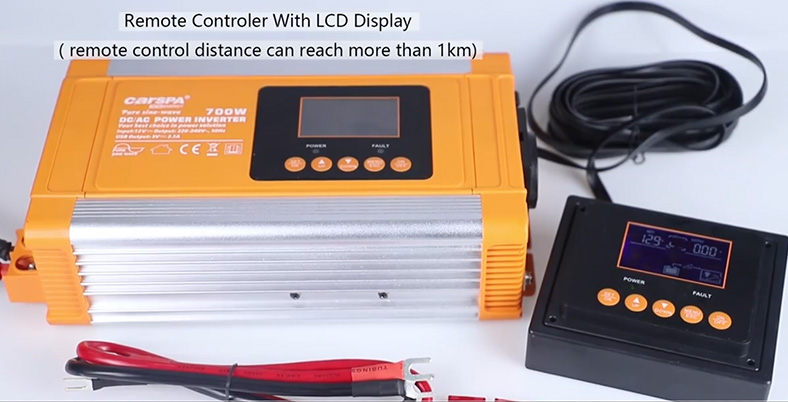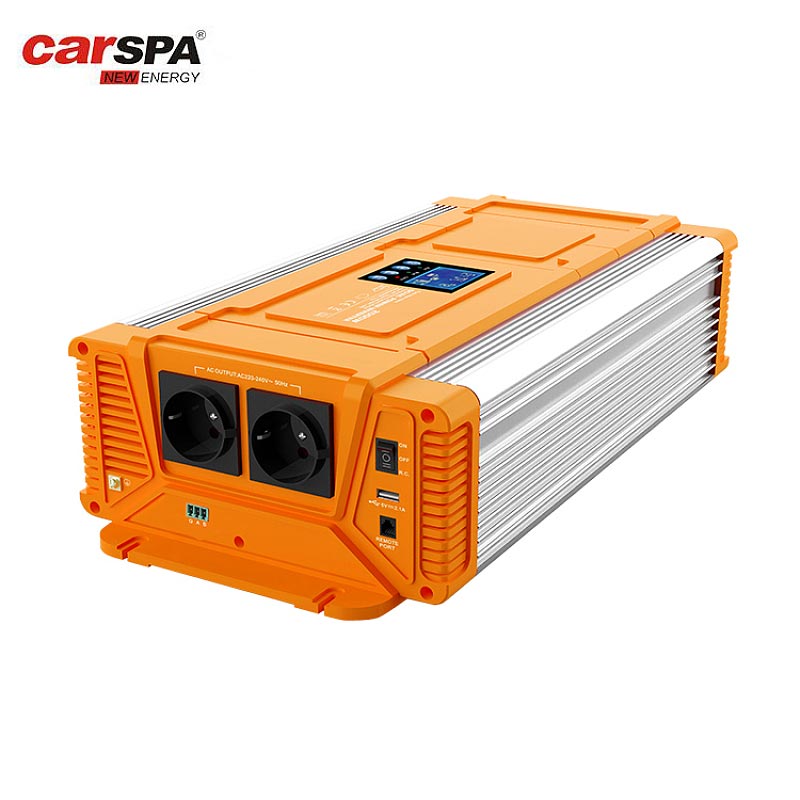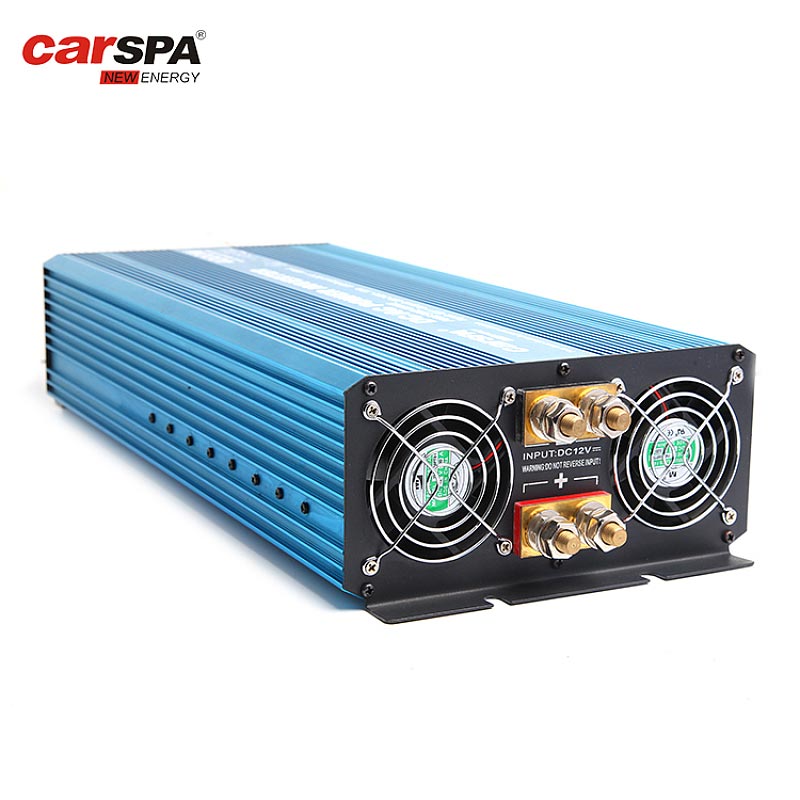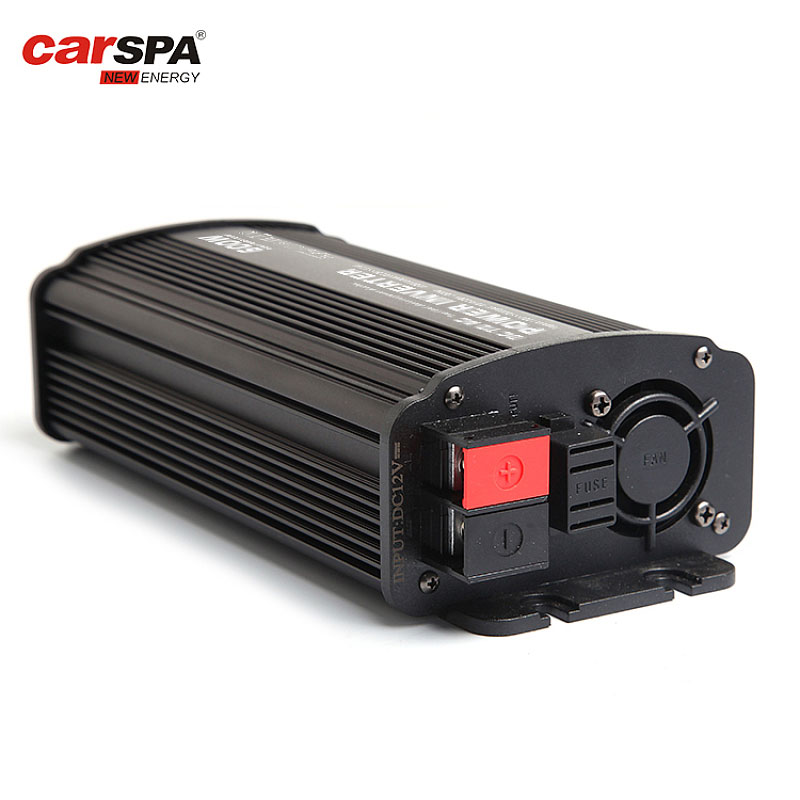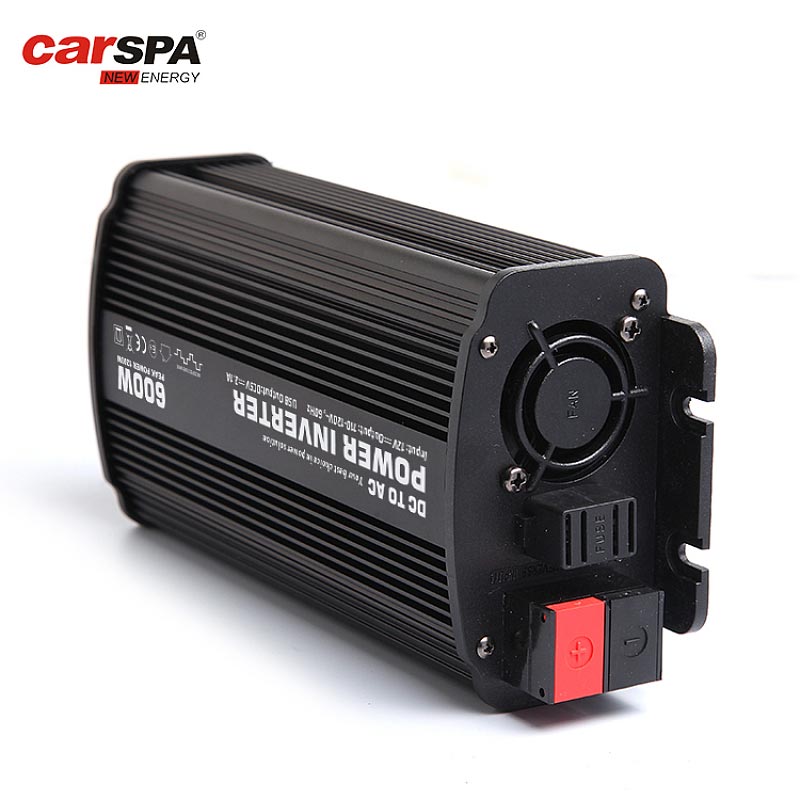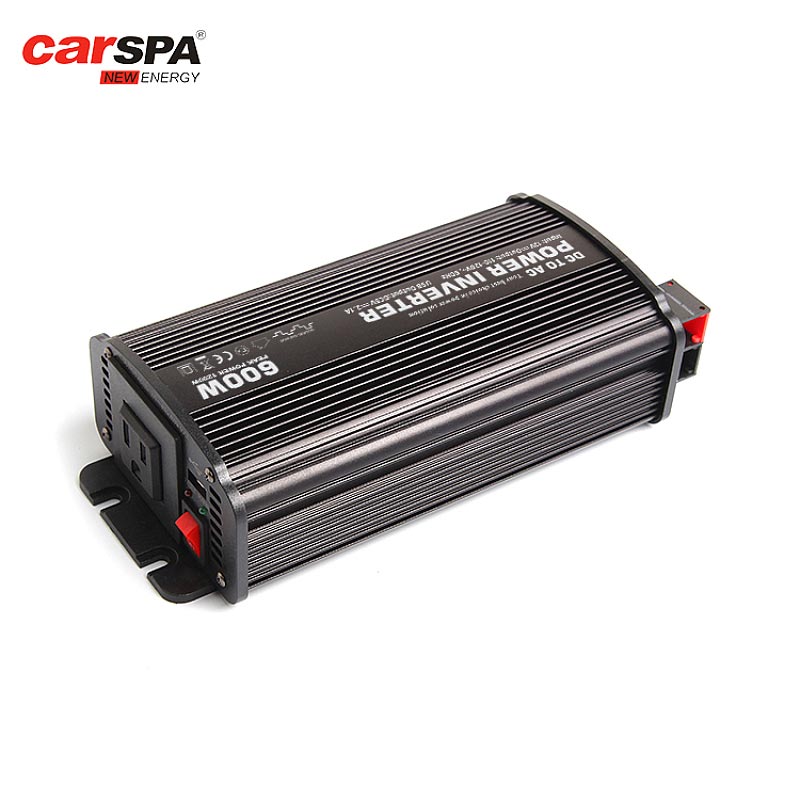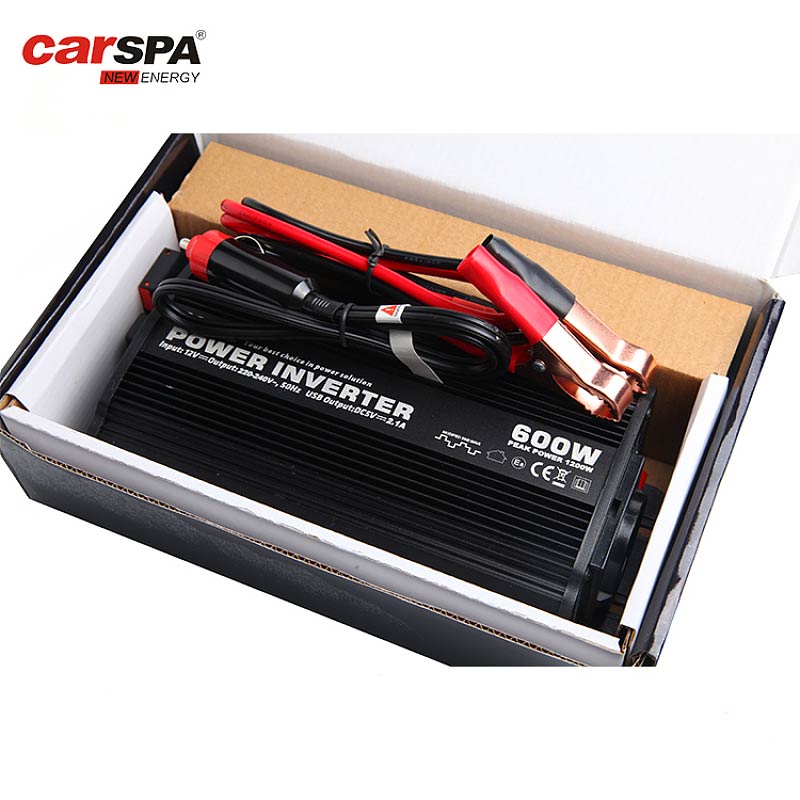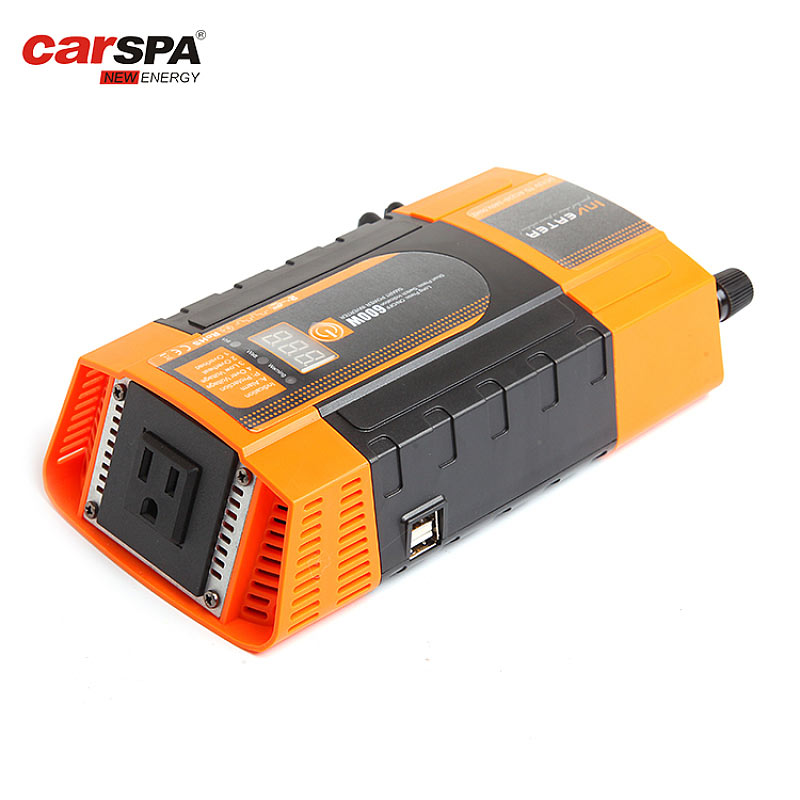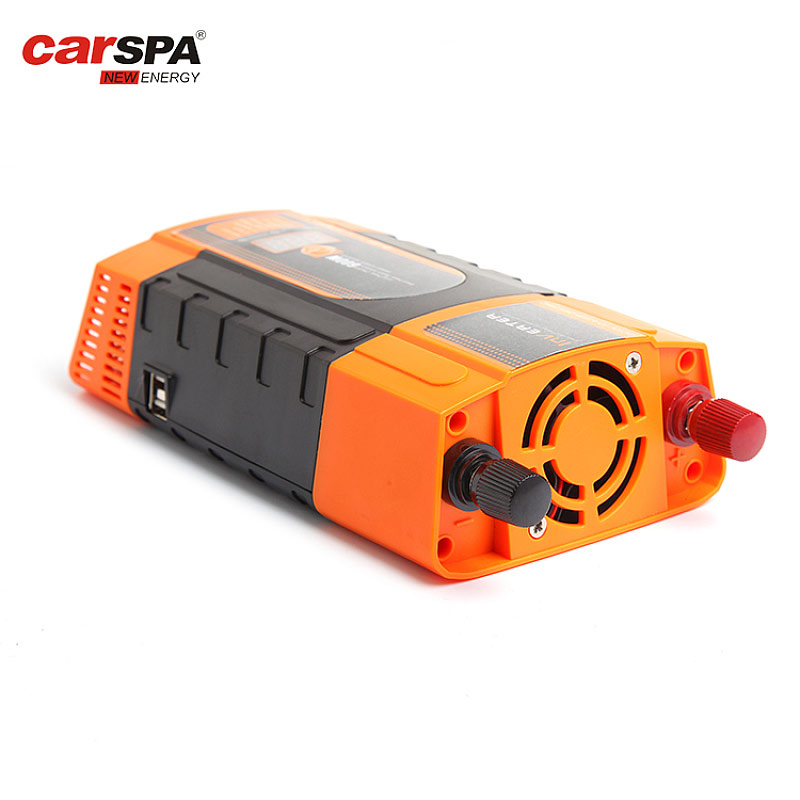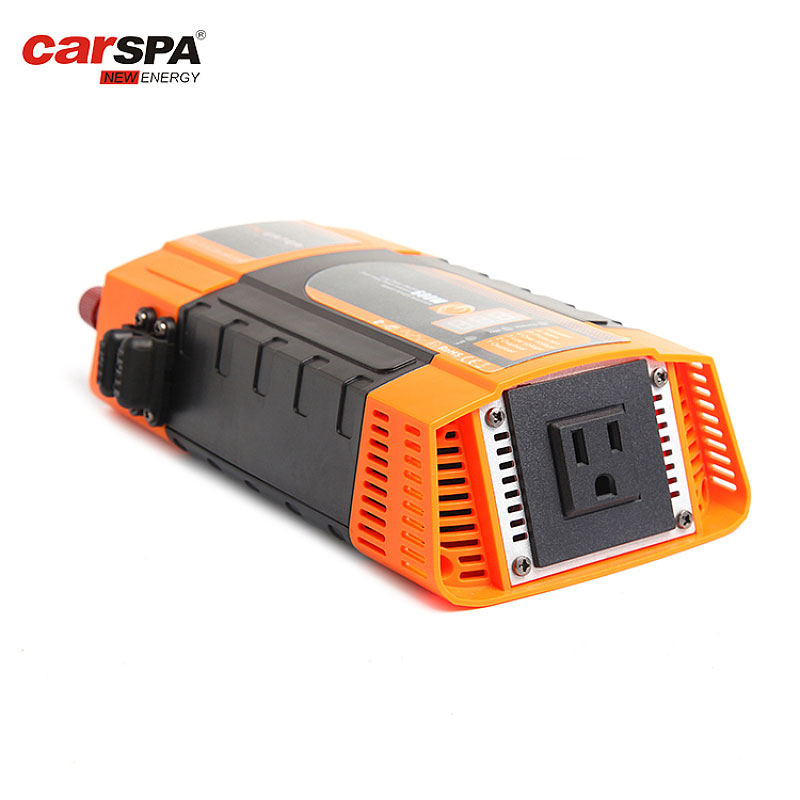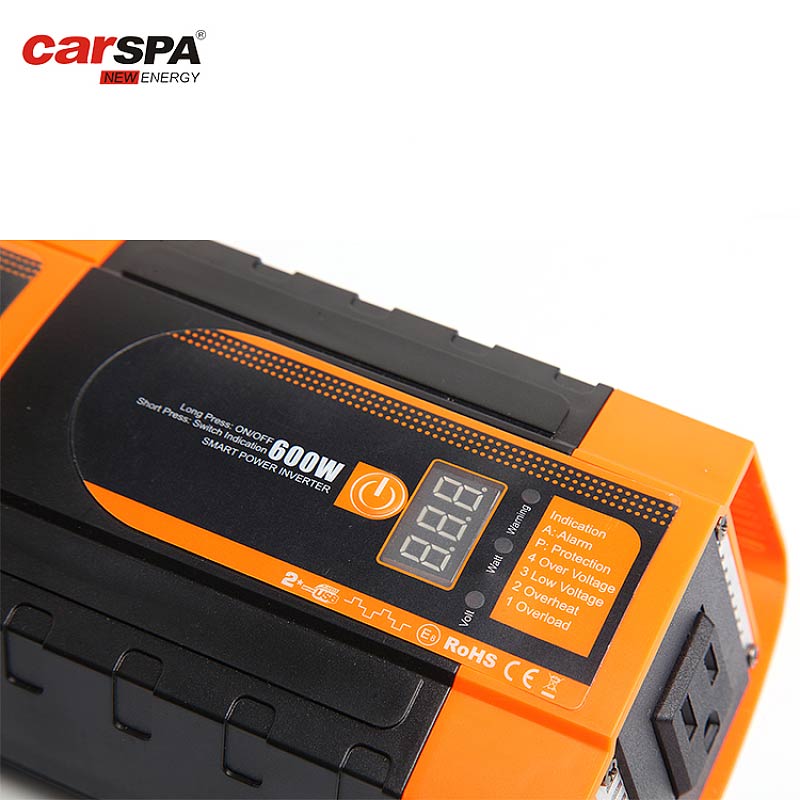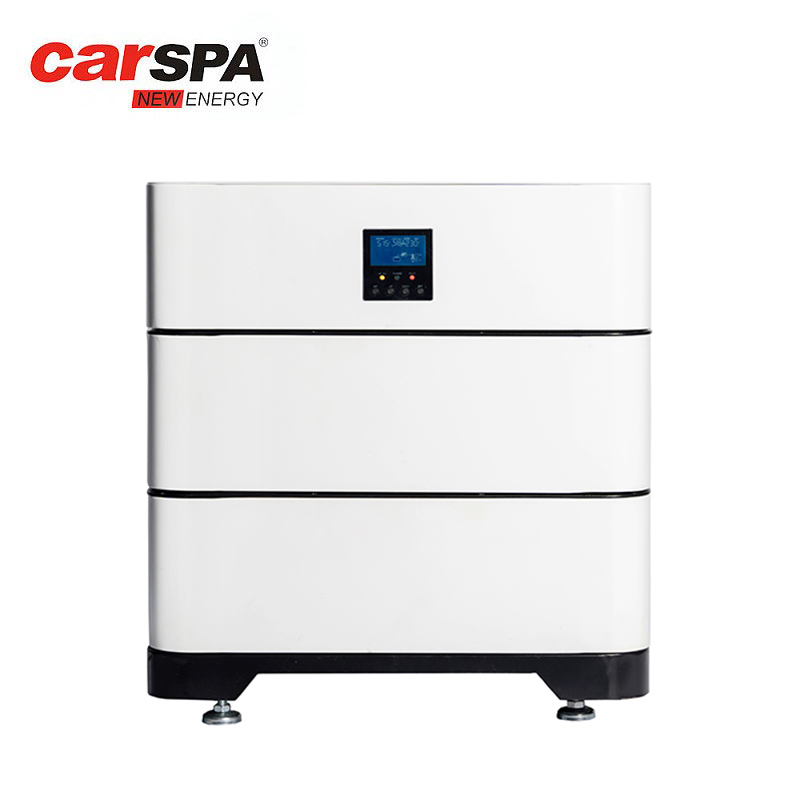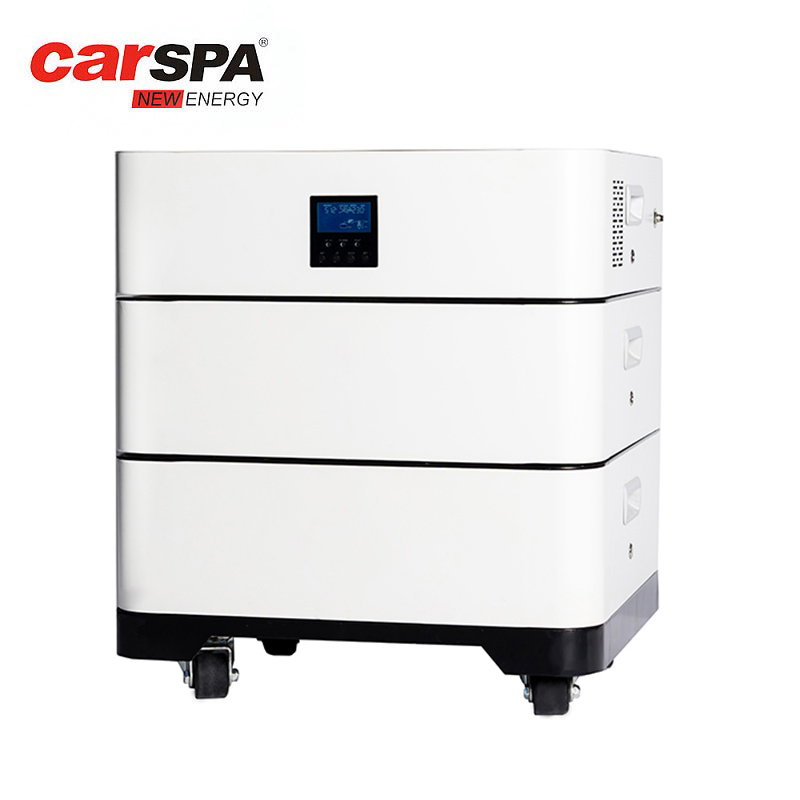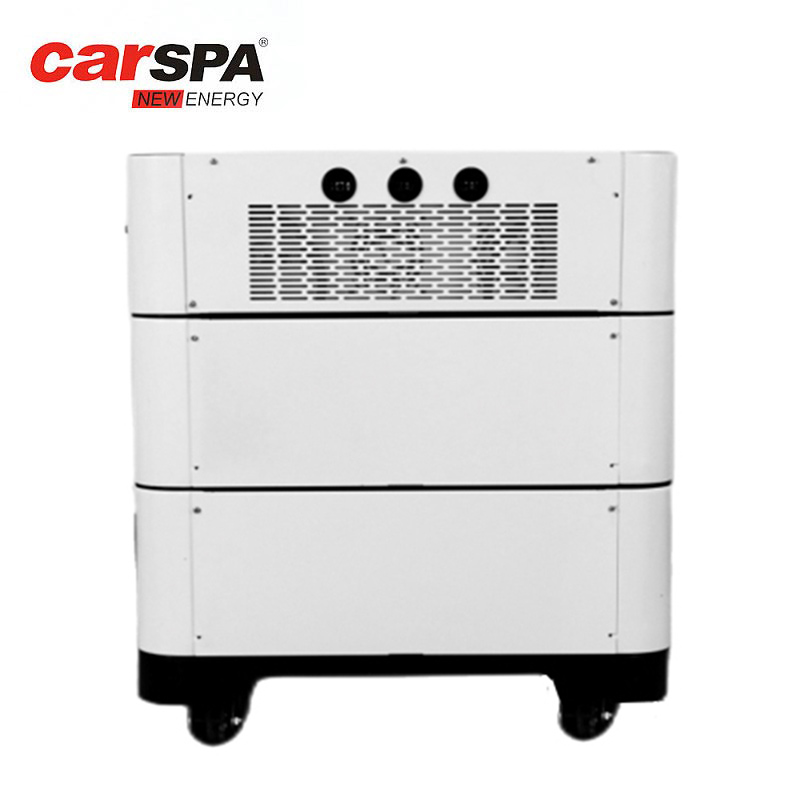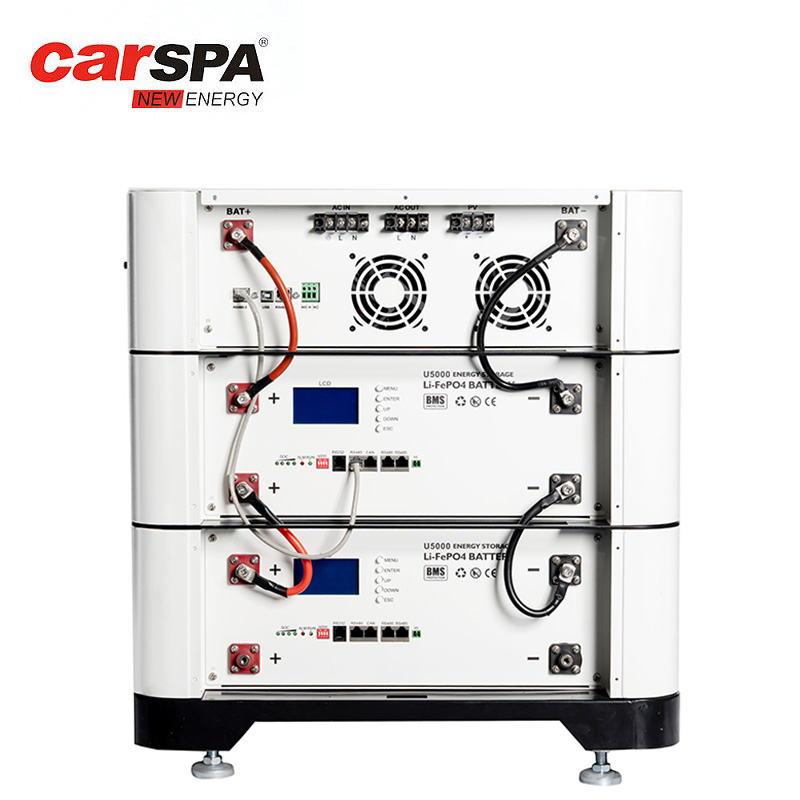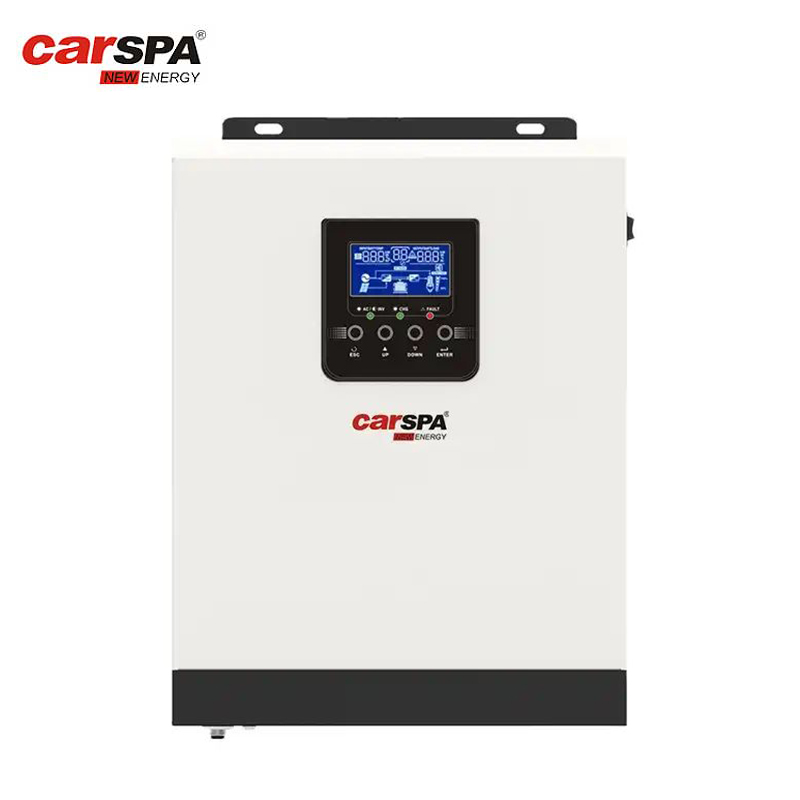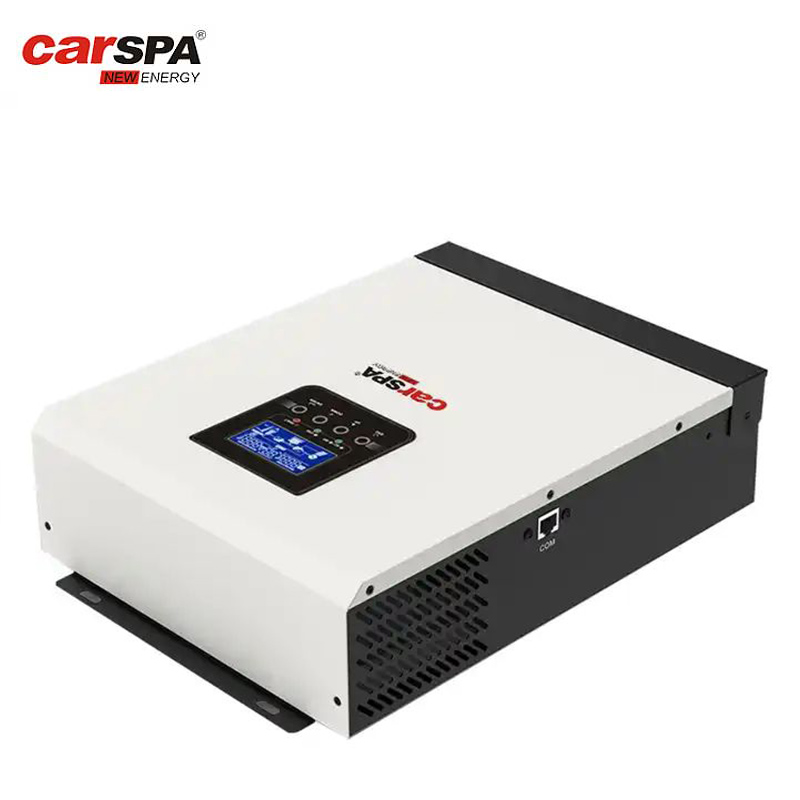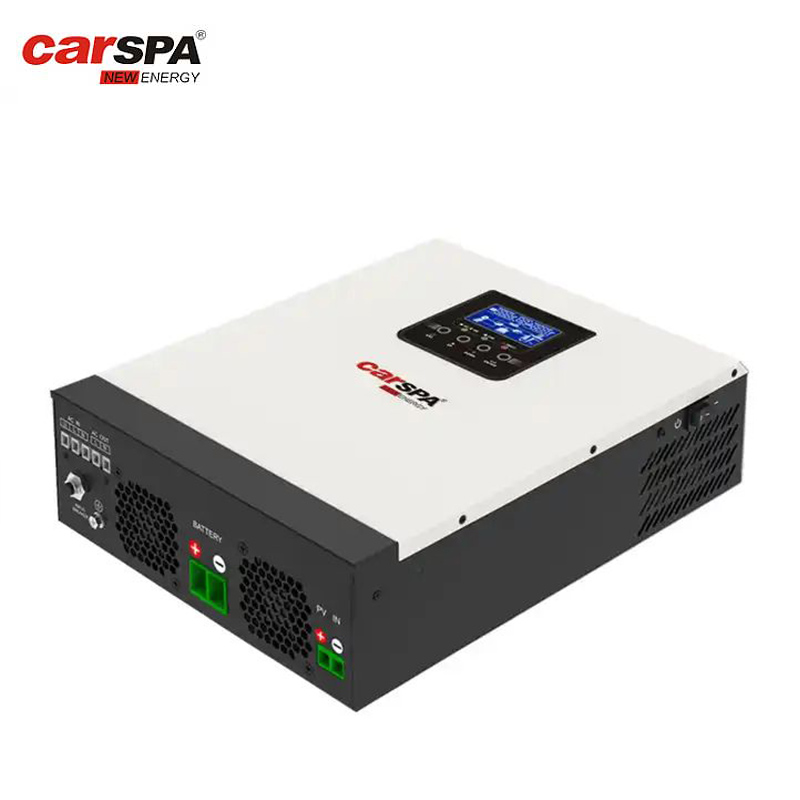What is the Most Efficient Energy Storage Solution?
What is an Integrated Energy Storage Solution?
Ever wondered about finding an all-in-one energy storage solution that meets the growing energy demands while being environmentally friendly?
Well, worry no more because today I'm here to talk to you about the All-in-One Energy Storage System!
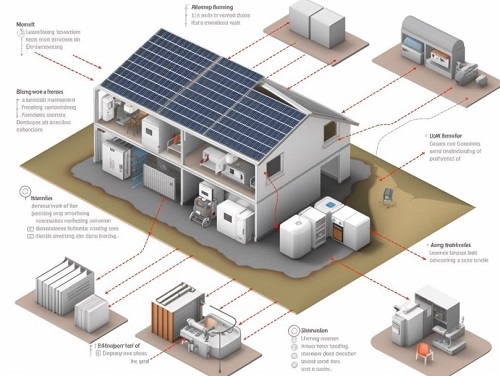
What is an Integrated Energy Storage System?
An All-in-One Energy Storage System refers to a comprehensive and integrated solution that combines various components and technologies to store and manage energy in a single system.
All-in-One Energy Storage System is designed to address the challenges of energy storage, offering a holistic approach to meet diverse energy needs.All-in-One Energy Storage System is like a centralized hub that captures, stores, and distributes energy efficiently.
What does integrated Energy Storage System include?
All-in-One Energy Storage System typically includes components such as energy storage units (e.g., batteries or supercapacitors), power converters, energy management systems, and control systems.
How does the integrated Energy Storage System work?
1. Energy Capture
The system can capture energy from various sources, such as renewable energy systems (solar panels, wind turbines) or grid power during off-peak periods. The energy capture process may involve converting and regulating the incoming energy to a usable form.
2. Energy Storage
The captured energy is stored in energy storage units, typically batteries or supercapacitors. These storage units have the capacity to store a significant amount of energy for later use.
3. Energy Management
An intelligent energy management system oversees the storage and distribution of energy within the system. It monitors energy levels, assesses demand, and determines the optimal allocation of stored energy based on predefined algorithms and user settings.
4. Power Conversion
The stored energy may need to be converted to the appropriate voltage or frequency for specific applications or to synchronize with the electrical grid. Power converters within the system facilitate this conversion process.
5. Energy Distribution
When there is a demand for energy, the system releases the stored energy for use. This can be done by converting the stored energy back to electricity and delivering it to the desired load or by supplying power to the grid during peak demand periods or in the event of a power outage.
6. Control and Monitoring
The system is equipped with control systems and monitoring tools that enable users to manage and monitor energy storage, conversion, and distribution processes. These control mechanisms ensure the efficient operation of the system and provide users with real-time information on energy status and performance.
Features of integrated energy storage systems:
1. Comprehensive Solution
The All-in-One Energy Storage System integrates multiple components and functionalities into a single system. It combines energy storage, management, and integration capabilities, eliminating the need for separate systems and simplifying the overall energy infrastructure.
2. Versatility
The system is designed to accommodate various energy sources, including renewable energy systems such as solar panels and wind turbines. It can efficiently capture and store energy from these sources, allowing for better utilization of clean and sustainable energy.
3. Energy Independence
With the All-in-One Energy Storage System, users can reduce their dependence on the grid by storing excess energy for use during high-demand periods or power outages. It provides a reliable backup power source and can even enable off-grid applications in remote areas.
Advantages of integrated energy storage systems:
1.Grid Stability and Demand Management
The system contributes to grid stability by managing fluctuations in power supply and demand. It can store excess energy during low-demand periods and release it during peak-demand periods, helping to balance the grid and reduce strain on the electrical infrastructure.
2. Cost Savings
By optimizing energy usage and integrating renewable energy sources, the All-in-One Energy Storage System can lead to significant cost savings in the long run. It allows users to take advantage of lower-cost off-peak electricity and reduces reliance on expensive peak-hour electricity from the grid.
3. Environmental Benefits
The system promotes sustainability by facilitating the integration of renewable energy sources, reducing reliance on fossil fuels, and lowering carbon emissions. It helps in the transition towards a greener and cleaner energy future.
4. Scalability
The All-in-One Energy Storage System is scalable, meaning it can be customized and expanded based on specific energy requirements. It can be implemented in various applications, from residential homes and commercial buildings to industrial facilities and utility-scale stallations.
5. Energy Management and Monitoring
The system is equipped with advanced energy management and monitoring capabilities. Users can track energy consumption, optimize energy usage, and receive real-time information on system performance, enabling efficient energy management and informed decision-making.
How do integrated energy storage systems differ from traditional energy storage solutions?
Traditional energy storage solutions typically consist of separate components and systems that perform specific functions, such as batteries for energy storage and inverters for power conversion.
In contrast, integrated energy storage systems integrate multiple functions including energy storage, management and integration into a unified system.
This integration simplifies the overall infrastructure, reduces the need for separate components, and increases overall system efficiency.
1. A comprehensive approach
Unlike traditional solutions that focus solely on energy storage, integrated energy storage systems take a more comprehensive approach.
What does an integrated energy storage system include?
(1) Storage energy
(2) Distribution and integration of renewable energy
(3) Provide power grid stability services
Integrated energy storage systems can enable better energy management, improve grid stability and increase the utilization of renewable energy.
2. Flexibility and scalability
Traditional energy storage solutions:
Traditional energy storage solutions often have limited flexibility and scalability.
They may be designed for specific applications or have limitations in capacity and compatibility with other components.
Integrated energy storage system:
In contrast, integrated energy storage systems provide greater flexibility and scalability. It can be customized for different applications and can easily adapt to changes in energy needs by adding or adjusting components as needed.
3. Improve efficiency
Integrated energy storage systems are designed to maximize energy efficiency.
How can integrated energy storage systems improve efficiency?
Integrated energy storage systems optimize the use of stored energy, minimize energy losses during conversion and distribution, and integrate renewable energy to harness clean and sustainable electricity.
A focus on efficiency can lead to cost savings and reduced environmental impact compared to traditional energy storage solutions.
4. Grid interconnection
Traditional energy storage solutions mainly focus on individual energy systems, while integrated energy storage systems emphasize grid interconnection.
Integrated energy storage systems can interact with the power grid to provide grid stabilization services, contributing to the overall stability and reliability of the power grid.
This capability is particularly important to support the integration of intermittent renewable energy sources and manage fluctuations in energy supply and demand.
5. Simplify management
Integrated energy storage systems often include advanced energy management and monitoring capabilities.
Traditional energy storage solutions may lack this integrated management functionality, requiring additional systems or manual monitoring.
These features enable users to better control energy usage, optimize system performance and receive real-time data on energy status and performance.
What impact does this system have on grid stability?
1. Frequency adjustment
The system actively monitors grid frequency and responds quickly to any deviations. It can inject or absorb power as needed to maintain a stable frequency, helping to balance power supply and demand on the grid.
2. Peak demand management
During periods of high power demand, the system can release stored energy to the grid, reducing stress on the grid during peak load periods. This feature helps mitigate the risk of outages or grid instability due to excessive demand.
3. Load transfer
The system allows for load shifting, meaning it can store excess energy during periods of low demand and release it during periods of high demand. This helps flatten the demand curve and reduce the need for additional generation during peak times, thereby enhancing grid stability.
4. Grid backup and recovery capabilities
In the event of a power outage or interruption, an integrated energy storage system can serve as a backup power source. It can seamlessly switch to provide power to critical loads, ensuring uninterrupted power supply and increasing the resilience of the grid.
5. Renewable energy grid integration
The system helps integrate intermittent renewable energy sources such as solar and wind into the grid. It can store excess energy generated by renewable energy sources and release it when renewable energy generation is low. This feature helps eliminate variability in renewable energy production, reducing grid fluctuations and enhancing stability.
6. Auxiliary services
Integrated energy storage systems can provide ancillary services to the grid, such as voltage regulation and reactive power support. These services help maintain grid stability by ensuring voltage levels are within acceptable limits and providing reactive power support to offset power factor imbalances.
What applications are integrated energy storage systems suitable for?
1. Residence
The system can be installed in residential properties, allowing homeowners to store excess energy generated by renewable energy sources, optimize energy use and have reliable backup power during power outages.
2. Commercial buildings
The system can help businesses reduce electricity costs by optimizing energy consumption, integrating renewable energy sources and providing backup power. It also supports peak shaving and load shifting strategies to effectively manage power demand.
3. Industrial facilities
Industrial sectors with high energy demands can benefit from this system by reducing peak demand charges, improving power quality, and supporting critical operations during outages. It can also provide grid stabilization services in areas where grid infrastructure is unreliable or inadequate.
4. Microgrids and remote areas
Integrated energy storage systems can support the establishment of microgrids, especially in remote or off-grid areas. It enables the integration of renewable energy sources to provide communities, resorts and remote industries with a reliable and independent power supply.
Summarize
Integrated energy storage systems are not just a cool-sounding technology; It provides practical solutions to our future energy needs. Its versatility, sustainability and energy freedom make it a shining star in the energy storage world.
Whether integrating renewable energy, improving grid stability, or providing emergency backup power, integrated energy storage systems have huge potential.
We look forward to witnessing more successful applications and widespread adoption of such systems in the near future. Therefore, let us meet the challenges of the new energy world and create a more sustainable future together!


